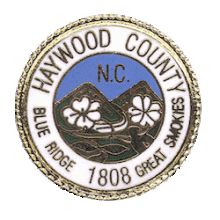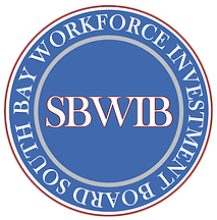Haywood County, NC, Releases Feasibility Study RFP
Last month, the Haywood Advancement Foundation (HAF) sowed the seeds for a long-term broadband strategy in Haywood County, North Carolina. The nonprofit foundation posted a Request for Proposals (RFP) for a feasibility study as part of their strategy to develop a master plan and improve local connectivity. A $10,000 grant from the Southwest Commission and a matching $10,000 grant from HAF will fund the early stages of Haywood’s broadband initiative. The due date for proposals is July 15th.
Living In The Present, Planning For The Future
Located about 30 minutes west of Asheville, Haywood County is home to approximately 60,000 residents. Asheville’s status as a cultural hub might be driving up Haywood County property values, but it has failed to bring high quality Internet access to its rural neighbors.
State law complicates local municipalities' ability to provide fast, affordable, reliable connectivity via municipal networks. North Carolina’s HB 129, passed in 2011, and is currently under review in the Sixth Circuit Court of Appeals. The Federal Communications Commission (FCC) overruled the state law in early 2015, citing the bill’s burden on the national goal of advancing ubiquitous Internet access. North Carolina and Tennessee challenged the FCC’s decision, oral arguments were heard in March, and all participants are now waiting for a ruling. A master plan can help the community establish different courses of action, depending on the ultimate outcome of the court case.




